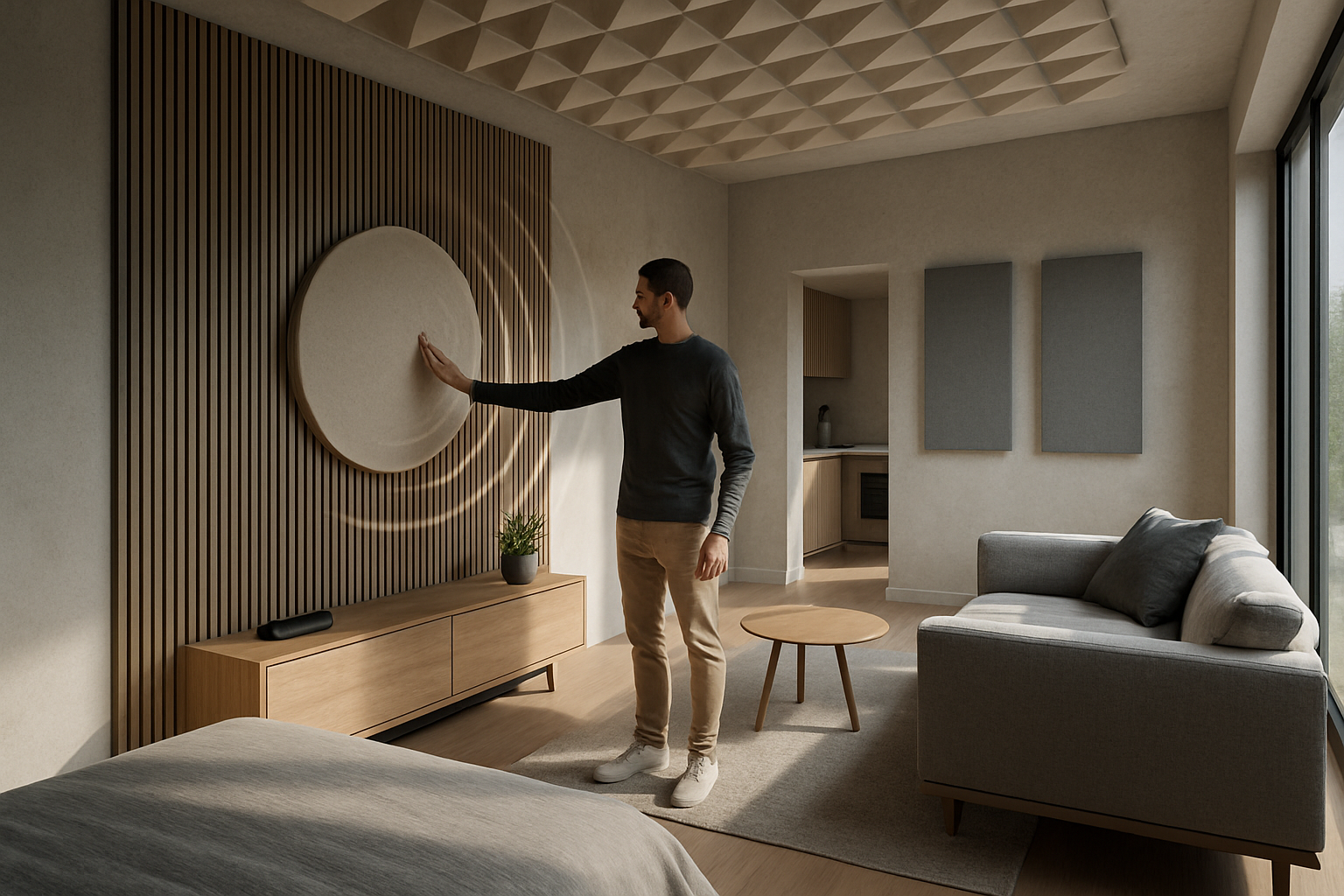Biomorphic Furniture: Nature-Inspired Curves in Modern Interiors
Imagine stepping into a living room where every piece of furniture seems to have been sculpted by nature itself. Sinuous chairs that mimic the curve of a leaf, tables that flow like water, and lamps that twist like vines. This isn't a scene from a futuristic movie, but the rising trend of biomorphic furniture in contemporary home design. As we seek to reconnect with nature in our increasingly urban lives, biomorphic furniture offers a unique blend of organic aesthetics and cutting-edge design.

The term biomorphic, derived from the Greek words for life (bios) and form (morphe), perfectly encapsulates the essence of this design philosophy. It’s about bringing the fluidity and asymmetry of nature into our structured, angular living environments. This approach not only creates visually striking pieces but also taps into our innate connection to the natural world, a concept known as biophilia.
The Psychology of Curves
There’s a reason why biomorphic furniture feels so inviting. Research in environmental psychology suggests that humans have an inherent preference for curved forms over sharp angles. This preference is thought to be rooted in our evolutionary past, where rounded shapes were associated with safety, while sharp angles could signal danger.
In interior design, this translates to spaces that feel more welcoming and less stressful. Curved furniture can make a room appear larger and more open, as the eye flows smoothly around the space. This effect can be particularly beneficial in urban apartments or office environments where space is at a premium and creating a sense of openness is crucial.
Pioneering Designers and Iconic Pieces
The modern biomorphic furniture movement owes much to pioneering designers who dared to challenge conventional forms. Zaha Hadid, known for her revolutionary architectural designs, also created furniture pieces that seemed to defy gravity with their fluid, sculptural forms. Her Serif shelves and tables, with their seamless, ribbon-like structures, exemplify the biomorphic aesthetic.
Another influential figure is Ross Lovegrove, whose designs often blur the line between art and functionality. His Bone Chair, inspired by the structure of human bones, showcases how biomorphic design can create pieces that are both ergonomic and visually striking.
These designers and others have paved the way for a new generation of furniture makers who are pushing the boundaries of what’s possible with materials and form. From 3D-printed chairs that mimic cellular structures to tables that look like they’ve grown from the floor, biomorphic furniture is continuously evolving.
Materials and Manufacturing
The rise of biomorphic furniture has been facilitated by advancements in materials and manufacturing techniques. Traditional materials like wood are being bent and shaped in new ways, while modern polymers and composites allow for unprecedented flexibility in design.
3D printing has been a game-changer in this field, allowing designers to create complex, organic forms that would be impossible to achieve through traditional manufacturing methods. This technology not only enables more intricate designs but also reduces waste and allows for customization on a scale never before possible.
Sustainable materials are also playing a crucial role in the biomorphic furniture movement. Designers are experimenting with biodegradable plastics, recycled materials, and even living materials like mycelium (fungal threads) to create furniture that not only looks organic but is truly part of nature’s cycle.
Integrating Biomorphic Furniture into Your Space
Incorporating biomorphic furniture into your home doesn’t mean you need to overhaul your entire interior. Even a single statement piece can transform a space, creating a focal point and softening the overall ambiance.
When selecting biomorphic pieces, consider the scale of your room and existing decor. A large, sculptural sofa might be perfect for a spacious living room, while smaller items like side tables or lamps can add organic touches to more compact spaces.
Color also plays a crucial role in biomorphic design. While many pieces come in neutral tones to emphasize their form, bold colors can be used to make a dramatic statement. Nature-inspired hues like greens, blues, and earthy tones can enhance the organic feel of the furniture.
The Future of Biomorphic Design
As our lives become increasingly digital, the desire for natural elements in our living spaces is likely to grow. Biomorphic furniture offers a way to satisfy this craving for nature while embracing modern aesthetics and technology.
Looking ahead, we can expect to see even more integration between technology and biomorphic design. Imagine furniture that not only looks organic but also responds to its environment – chairs that adjust their shape for optimal comfort, or tables that change color with the seasons.
The sustainability aspect of biomorphic design is also set to expand. As consumers become more environmentally conscious, furniture that mimics nature’s efficiency and adaptability will become increasingly desirable.
In conclusion, biomorphic furniture represents more than just a design trend; it’s a reflection of our evolving relationship with our living spaces and the natural world. By bringing the fluid, organic forms of nature into our homes, we’re not just decorating – we’re creating environments that feel more alive, more comfortable, and more in tune with our innate preferences. As this movement continues to grow and evolve, it promises to reshape our interiors in ways that are both beautiful and deeply connected to the world around us.




